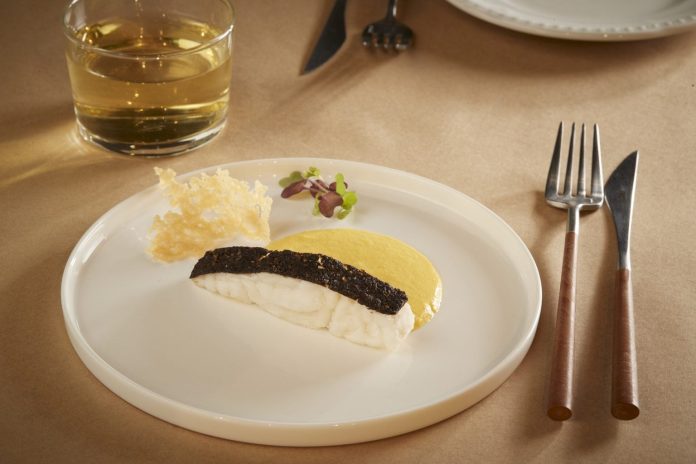An Israeli business firm named Steakholder Foods recently announced they’ve created a 3D printed “fish filet” — grouper, to be precise. The “fish” can reportedly be “cooked fresh” directly from a specialized printer. According to the U.S. Sun, Stakeholder Foods officials claim that their creation has the taste and texture of traditionally caught fish but “does not harm the environment.”
Steakholder Foods bills itself as a “deep tech food company.” The organization says that its latest invention will advance the way human beings “create” consumables and “will introduce sustainable solutions that increase food security.”
How does this work? Well, it’s not as simple as programming a 3D printer to conjure up an edible version of a fish filet from plastic. The process begins with Steakholder Foods’ partner company, Umami Meats, which has its offices in Singapore. What Umami does to get from ‘A to Z’ here is intriguing, to say the least. From a sample of fish—in this case, grouper—they extract stem cells that have the potential to form flesh and muscle. These cells are studied, so as to determine an optimal growth and cultivation process. The cells are then transferred into large bio-reactors, where a few million cells grow into trillions of cells before being “signaled,” according to Umami Meats, to turn into fat and muscle. In a final step, the cells, now resembling fish, are harvested and formed into any number of traditional “fish” products, such as sushi, fish balls, and filets.
Another aspect of the strange production is the “bio-inks” used to create the end product. According to a paper from the journal Polymer Chemistry, “bio-inks” are materials used to produce engineered or artificial living tissue using the 3D printing process. To make the “grouper,” Steakholder Foods created a special bio-ink—and may be able to use it for other “fish” products.
“We’re excited to be working with Umami Meats to develop 3D-printed structured fish products,” said Arik Kaufman, CEO of Steakholder Foods. “Having created a customized bio-ink that works effectively with Umami’s cells, and optimized the taste and texture to meet the high standards of consumers, we anticipate expanding our collaborations to a greater variety of species with additional partners.”
Read Next: Commercial Fisherman Catches Shockingly Deformed Deep Sea Fish
Similar experimentation has been conducted with a variety of meats. Unlike 3D-printed “meat,” which requires an incubation and maturation period following printing, this particular grouper fish product can be cooked right out of the printer. Umami Meats and Steakholder Foods plan to bring its “grouper” to the market in the coming months—and one day, perhaps you can find it in a grocery store near you.








